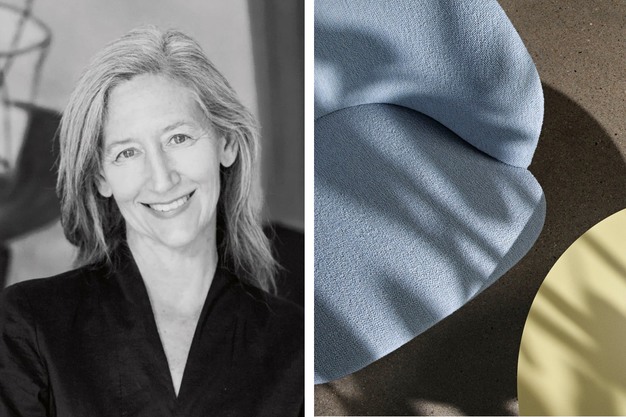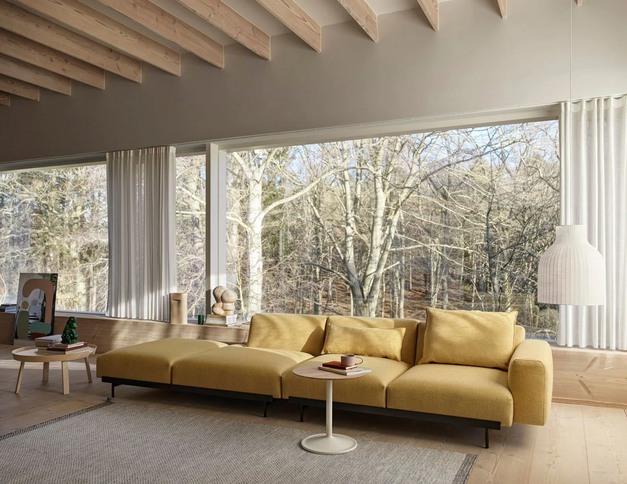For more than half a century, contemporary design has maintained an ethos of 'form follows function.' Should we be thinking more about 'form follows feeling'? As we begin to understand the interconnection between body and mind better, we are recognising the profound effect art, design and architecture have on us.
Muuto sat down with an expert, Susan Magsamen, the executive director of the International Arts + Mind Lab at Johns Hopkins University and co-director of the NeuroArts Blueprint, to discuss the many ways we can be mindful about our home, and how to incorporate impactful elements such as colour, light and tactility to create spaces that feel good to body and mind.
 Photos: Muuto.com
Photos: Muuto.com
First things first: what are neuroaesthetics?
'Well, my research centres on the human experience of aesthetics – a field adequately dubbed neuroaesthetics – examining the impact of architecture, art and design on our behavior and being. These days, it is informing how we can go about designing more intentional interiors, how we can use elements known to us in novel or different ways, and create spaces that promote a sense of wellbeing. I think we can get closer to understanding those principles and the way they work by marrying science and the arts together.'
Research has shown that certain elements affect us on a more general level, they are universally appealing. We know something about the effect of, let's say, colour and tactility, on us. How can we use these to our advantage?
'Anjan Chatterjee of University of Pennsylvania and Oshin Vartanian at University of Toronto demonstrated that there are neuroaesthetic elements we can lean on to create holistic experiences of space and architecture – the way i.e. colour, light or material can be combined in order to create a uniform belief around or experience of a room.'
Light is seen as one of the most effectful elements to work with when designing intentional spaces, profoundly affecting body and mind.
'We know that sunrises and sunsets affect us profoundly, and that there are certain hues throughout the day or even the year that greatly influence body and mind. Bringing our natural landscapes inside helps stay in tune with our physiological day and ultimately, stay in sync. For instance, if you want to promote a stimulating learning environment, you might consider ways to introduce elements shown to improve focus, like more exposure to daylight.'

How can we go about introducing more natural elements in our interiors?
'To generate a feeling of healing and restorative quality, try to incorporate greenery as well as other natural elements and materials into the built environment. This could be a piece of furniture in warm oak wood, the use of earth tones, cut flowers, or artificial light that mimics the quality of daylight.'
Apparently, we prefer rounded shapes to sharp angles - why? And how does this knowledge help us create more engaging environments?
'We naturally gravitate towards certain shapes, in particular smooth, rounded curves like the shape of a cup, because our hands have shaped it and they can embrace it, hold it. We have so many millions of synapses and nerves in our hands that connect to our brain and what feels intuitively right.'
Combining this idea with a strong focus on tactility allows one to create compelling atmospheres and spaces. How does stimulating the sense of touch create a deeper connection to a space or object?
'Tactility, or the haptic experience, is an essential part of the neuroaesthetic perception of an object or space. Through our hands, we can feel the essence of an object, deciphering its materiality and how it was made – knowing through our hands. Our skin is the biggest organ on our body and it's so responsive. So you cannot underestimate what texture does.'
More information:
Muuto
www.muuto.com
